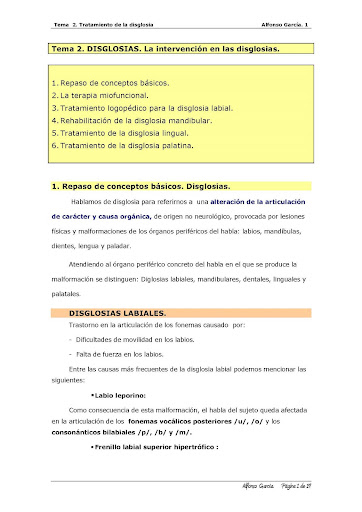As this is the period when reviews of the year are published, today's post gathers together some of the most significant childhood and education reports and events from 2008.
Rather appropriately, it seemed like there were a lot of reviews being published this year - the Bercow Report looked at services for children with speech, language and communication needs, while the Byron Review examined ways of ensuring children's safety while they are online. There were even two competing reviews with regards to primary education - Sir Jim Rose has been commissioned by the DCSF to carry out a review of primary education and his interim report appeared this month, with the final version set to appear next year; meanwhile, the Primary Review from the University of Cambridge generated a string of reports on various aspects of education throughout 2008, and its final report is also due next year.
From an international perspective, UNICEF's recent report The Child Care Transition caused a bit of a ruckus by placing the UK only about half way in a league table comparing children's services in developed countries. UNICEF also published its annual The State of the World's Children report (a new one is due next month), while UNESCO released Overcoming Inequality: Why Governance Matters, which looks at access to primary education in developing nations. Those of our students who carry out research into education in other countries should also be interested in a piece of DCSF research entitled Comparison of the Core Primary Curriculum in England to those of Other High Performing Countries.
With regard to contemporary issues, two major studies on children's play were published in 2008. Play and Exercise in Early Years: Physically Active Play in Early Childhood Provision is available to download online, while Play England recently released a mammoth study entitled Play for a Change - Play, Policy & Practice: A Review of Contemporary Perspectives. As there is currently a lot of talk about the concept of childhood wellbeing, readers may want to look at a DCSF study entitled Childhood Wellbeing: Qualitative Research Study. Elsewhere, a snapshot of the future of staff roles within the childcare sector is provided by For Love or Money: Pay, Progression and Professionalisation in the ‘Early Years’ Workforce, while you can read about current perceptions of the sector in Childcare and Early Years Survey 2007 Parents’ Use, Views and Experiences.
Two major changes with regard to professional practice have taken place this year. In September the new Early Years Foundation Stage (EYFS) was implemented in schools - you can find full details about the EYFS from its website. And last month, the Children & Young Person's Act 2008 was passed by parliament; these explanatory notes should help clarify some of its main points.
A round up of some random other useful items: The Sure Start Journey: A Summary of Evidence is an independent assessment of the progress of the Sure Start project; Ofsted's annual report is the first review of the organisation under it's new remit of assessing early years care as well as schools; Harnessing Technology is Becta's annual review of ICT use within schools; Becta were also behind a report entitled A Review of the Evidence on the Use of ICT in the Early Years Foundation Stage; and the ever-present topic of child poverty was covered by the Joseph Rowntree Foundation's annual publication of Monitoring Poverty and Social Exclusion.
Within the College, since the summer all students now have access to the CCInform service, which provides access to detailed information for professionals who work with children and young people; take a look at this previous post for an overview of the service and a link to a user guide.
Finally, it seems an odd thing to mention in a review of 2008, but the most regularly viewed post on the blog all year has been one about something that occurred 30 years ago. So in case you missed it the first time, click here to read about how you can access the full text of the 1978 Warnock Report, a study on special educational needs which proved to be something of a landmark.
That should keep you all going for the holiday break - for child-related festive fun, try taking a look at the Peanuts site, which gives you free access to the archives of this legendary comic strip. Merry Christmas to all our readers!








